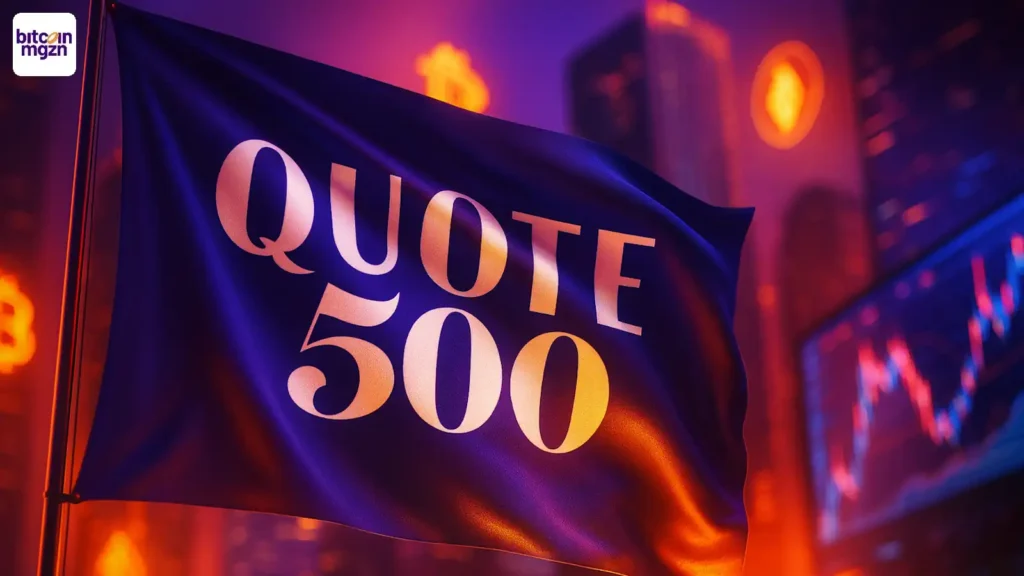The Play-to-Earn (P2E) model is playing a key role in the advancement of the crypto industry. Users are able to earn crypto by playing games and get involved with global communities of gamers, creators, and developers.
In this article, we’ll explore the functionalities of P2E gaming, its core features, potential risks, benefits, legal issues, and highlight some of the most impactful games shaping the Web3 gaming frontier.
What is Play-to-Earn Gaming?
As its name implies, you gain rewards for playing the game. Players in Play-to-Earn games get involved with blockchain networks and can receive crypto assets or NFTs as prizes. The assets you acquire can be sold, traded or kept as an investment to see if their value rises.
In Axie Infinity, players gathered and combated Axies, which are fantastical creatures. The game gave players SLP, a coin that works the same as money and could be traded for fiat currencies or other coins. Due to its success, it has grown into a more advanced and eco-friendly economy on current gaming platforms.
How P2E Works?
Most P2E gaming relies on Ethereum and Layer 2 networks, including Immutable, Ronin, and Base. Users are given both tokens and NFTs for accomplishing various game goals, such as:
- Completing missions or winning battles
- Trading or crafting in-game items
- Participating in tournaments or community events
- Staking assets or voting in DAOs
The main difference between P2E games and traditional ones is that players can truly own what they earn in the game. Weapons, land, avatars, and resources on the Web3 game are tokenized, enabling you to trade or transfer them elsewhere.
For example, users in Decentraland are able to purchase virtual land as NFTs, set up experiences and earn money from events or the services they provide. They are different from other items since they are proven to be scarce, can be owned by someone verifiable, and are always in demand in the market.
Core Features That Define the P2E Landscape
Real Asset Ownership:
Players possess full control over their earned items or tokens, unlike traditional games where everything remains locked within a developer’s ecosystem.
Play-and-Earn Mechanics:
The current trend in P2E is to focus more on “Play and Earn” than the older term “Play to Earn.” It aims to make gameplay exciting and engaging, while stopping short of making the gameplay all about collecting coins.
Token-Driven Economies:
Game currencies are kept on the blockchain and can be used for getting items, boosting abilities, or trading. The fact that many tokens are present on decentralized exchanges means their market value goes beyond just playing the game.
Interoperability and Open Standards:
Cross-game compatibility is emerging as a trend. Players will soon have the ability to take their NFT skins and gear to various games, connecting different parts of the Web3 gaming world.
Some P2E games are governed by DAO, so that users can make decisions about the game, new tokens, and funding instead of the main developers.
Legal Challenges: Navigating Uncertain Territory
The law for P2E gaming is still growing and varies depending on the area it applies to. Figuring out how to classify tokens within games as securities, commodities, or only as digital collectibles is considered one of the main challenges. It influences whether companies in the industry are required to adhere to financial disclosure requirements.
In addition, tax issues are appearing as more significant problems. Across the world, players must declare their earnings from P2E games, even without exchanging them for regular currency. It is complicated and inconsistent to track and report digital income under different tax systems.
There are also concerns about child labor laws, especially in countries where minors can earn money through these games, prompting discussions on ethical design and age-based restrictions.
To combat these issues, many platforms are beginning to require KYC and AML checks, mainly when it comes to processing withdrawals, yet despite making efforts to drive innovation, the industry must also adhere to the laws to ensure compliance.
The Benefits
Economic Opportunities and Inclusion
In developing areas, P2E gaming has given players opportunities to earn money because the same income cannot be achieved with regular jobs. Blockchain games have become an extra way for communities, especially in Southeast Asia, Latin America, and Africa, to earn money.
Financial Literacy and Digital Asset Awareness
By involving themselves in blockchain, players get comfortable with crypto wallets, DeFi tools, and what digital finance is all about. They usually act as a first step for people entering the Web3 world.
Innovation in Gaming Design
Games in Web3 tend to have distinct ways to use tokens, encourage players to add content, and let users be involved in governance on the blockchain. These experiments show what games can achieve in terms of structure and the level of player freedom.
This type of gaming encourages global togetherness. Many players are participating in associations, starting DAOs, and contributing content to help form a shared virtual online economy.
The Risks
Token Volatility and Unsustainable Models
A number of P2E projects, especially between 2021 and 2023, struggled because they had poor tokenomics. As more rewards were released than people could use, the prices dropped, and many users decided to stop playing. Even though some games include ways to limit emissions and burn points in-game, not every ecosystem can be considered sustainable.
Speculation Over Gameplay
Earlier, players were encouraged to repeat activities to gain token rewards, turning the experience into digital labor, however, at present, this trend has changed by engaging in activities and then later adding the rewards as an extra benefit.
Game Fatigue
Playing endlessly for in-game rewards can cause some players to become exhausted. Ensuring there is a good mix of fun and earning helps keep players interested over time.
The Best P2E Games That Emerged in 2025
- WorldShards: A fantasy MMO offering airdrops and a robust player-owned economy.
- Sipher Odyssey: A sci-fi roguelite that recently migrated NFTs to the Funki chain for better performance.
- Off the Grid: A cyberpunk-themed shooter game operating on the GUNZ blockchain.
- Wanderers: A community-driven project combining storytelling, exploration, and NFTs.
- Decimated: A dystopian survival RPG available on the Epic Games store with active alpha testing.
Engines of Fury, Kokodi, and Immortal Rising 2 are also drawing attention with on-chain character development and token-based progression systems.
Conclusion
Over the years, the P2E gaming has evolved from speculative token farming into a nuanced, multifaceted industry. Although clarifications are still required on the legal side, and the economic sustainability remains a challenge, the progress is undeniable. As the world moves steadily toward immersive, decentralized digital experiences, P2E gaming may become a blueprint, not just for the future of gaming, but for the evolution of digital labor in the Web3 era.
Disclaimer: The information presented in this article is for informational and educational purposes only. The article does not constitute financial advice or advice of any kind. Coin Edition is not responsible for any losses incurred as a result of the utilization of content, products, or services mentioned. Readers are advised to exercise caution before taking any action related to the company.
Source: https://coinedition.com/what-is-play-to-earn-gaming-whats-so-special-about-it/


